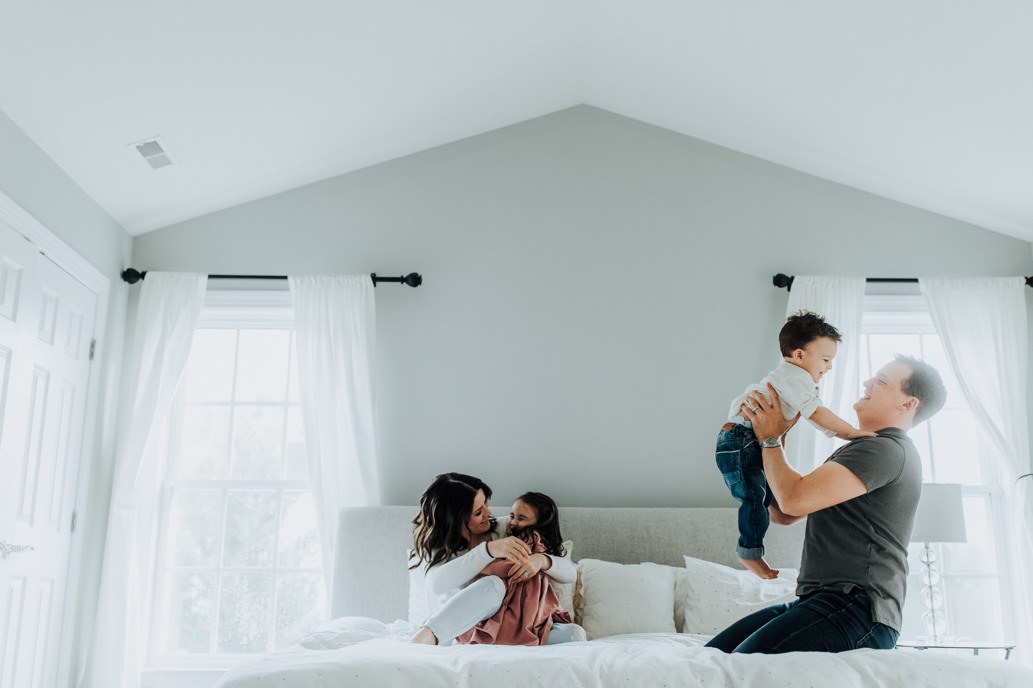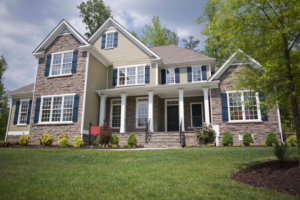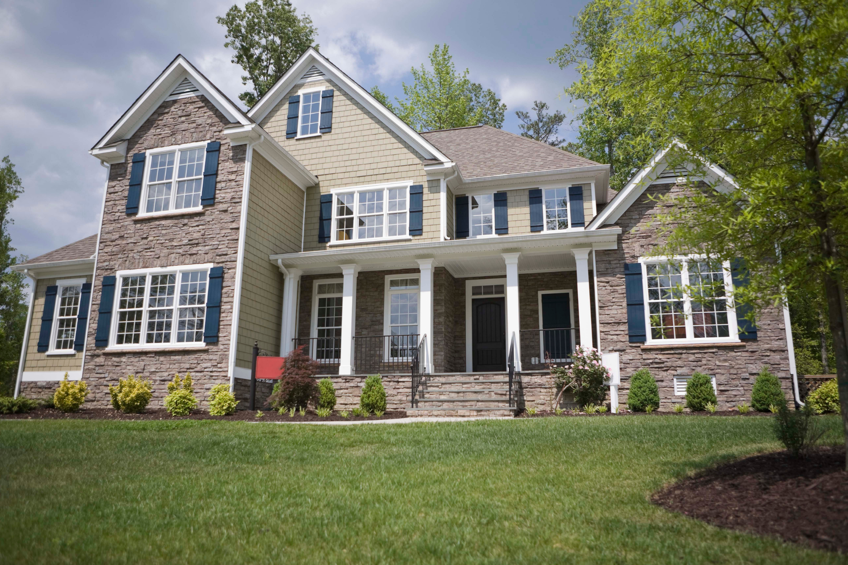Winter can increase the risk of carbon monoxide poisoning as people turn on their heating systems and wait for their cars to heat up before leaving the house in the morning.
As we head into the thick of winter, it is vital to take extra precautions in preventing carbon monoxide poisoning. Even a small amount of carbon monoxide can result in permanent damage or death.

What is Carbon Monoxide?
Carbon Monoxide (CO) is an odorless, colorless, and toxic gas. Due to its undetectable properties, carbon monoxide is often referred to as the ‘invisible killer’!
According to the Centers for Disease Control and Prevention, more than 400 Americans die from unintentional carbon monoxide poisoning every year. With more than 20,000 individuals visiting the emergency room after accidental exposure.
Symptoms of Carbon Monoxide Poisoning
Due to carbon monoxide’s undetectable properties, many individuals do not know they are being exposed to the toxic gas. The onset of symptoms is often comparable to that of the Flu but without the fever. According to the U.S. Fire Administration, here is a list of symptoms and their related stages.
Low to moderate carbon monoxide poisoning:
- Headache
- Fatigue
- Shortness of Breath
- Nausea
- Dizziness
High levels of carbon monoxide poisoning:
- Mental confusion
- Vomiting
- Loss of muscular coordination
- Loss of consciousness
- Death
Preventing Carbon Monoxide Poisoning
 Everyone is at risk for carbon monoxide poisoning. Fortunately, through education and installation of the correct monitoring equipment, it is preventable.
Everyone is at risk for carbon monoxide poisoning. Fortunately, through education and installation of the correct monitoring equipment, it is preventable.
The National Safety Council recommends you install a carbon monoxide detector on each level of your home. It is best to place this device near each bedroom or sleeping space and the portion of your home connected to a garage.
The CDC also offers these additional tips:
- Have your heating system, water heater, and any other gas, oil, or coal-burning appliances serviced by a qualified technician once a year.
- Never heat your home with a gas oven. Gas stoves produce large amounts of carbon monoxide and can quickly fill your home with toxic gas.
- Never run your car in a garage or any other closed area, even if a door is open. If you wish to warm up your vehicle, pull out of the garage first.
- Always have proper ventilation. It is extremely dangerous to run equipment such as generators, space heaters, or other gas-powered tools in enclosed areas such as a basement or garage.
- Install a carbon monoxide detector; they are affordable and can save your life.
- Have your chimney checked or cleaned every year. A chimney can quickly become clogged and cause carbon monoxide to build up inside your home or camper.
What to Do if Your CO Detector Sounds?

Carbon monoxide detectors are the fastest way to prevent CO poisoning.
The CO detector will sound an alarm if it detects a build-up of CO within your home and will not silence until the environment is carbon monoxide-free.
Never ignore a carbon monoxide alarm and always take the proper precautions. If your carbon monoxide detector sounds, do not try to find the leak. Instead, follow the steps below:
- Immediately move everyone within your house outside to fresh air.
- It is important to exit the premises as fast as possible. On your way out, leave as many doors or windows open as possible. But do not go out of your way to do this as it can increase your exposure.
- Call emergency service, fire department, or 9-1-1.
- Service everyone’s health for flu-like symptoms that could suggest poisoning.
- Do not reenter your home until emergency responders have permitted you to do so.
Traditional carbon monoxide detectors may activate when needed, but if no one is around, they will not help prevent disasters. The best way to ensure your family’s safety is to be proactive with the security of your home. The professionals at Fleenor Security are here to provide a helping hand in the customization of your home security. Contact us today and request a free system quote!








